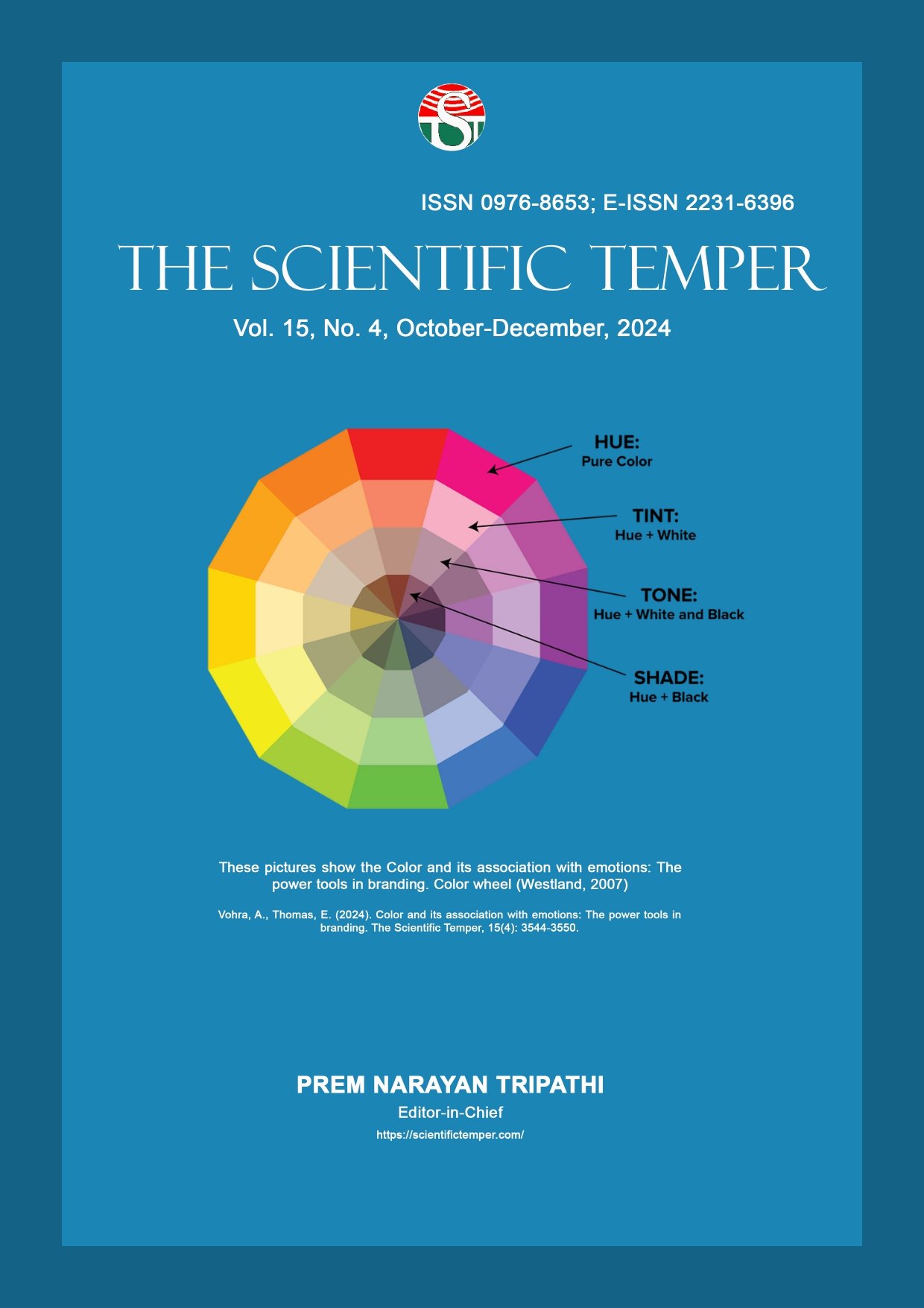A novel approach to heart disease classification using echocardiogram videos with transfer learning architecture and MVCNN integration
Downloads
Published
DOI:
https://doi.org/10.58414/SCIENTIFICTEMPER.2024.15.4.33Keywords:
Transfer Learning, VGG19, DenseNet201, InceptionV3, MVCNN architecture, Ensemble modelsDimensions Badge
Issue
Section
License
Copyright (c) 2024 The Scientific Temper

This work is licensed under a Creative Commons Attribution-NonCommercial-ShareAlike 4.0 International License.
The echocardiogram, also known as a cardiac ultrasound, captures real-time images of the heart’s chambers and valves. Ultrasonic waves are used in this method to penetrate the skin and generate the pattern of the heart’s movement, allowing healthcare professionals to assess its overall function. In this research study, we propose a novel approach for classifying heart diseases relying on echocardiogram videos using transfer learning and ensemble methods. The approach involves using pre-trained convolutional neural network models such as VGG19, Densenet201, and Inceptionv3 as feature extractors and then training a classifier on top of these extracted features. The pre-trained models have been trained on large datasets with millions of images, making them highly effective feature extractors for various computer vision tasks. The main objective is to leverage the learned representations from these models and apply them to echocardiogram videos for accurate classification of heart diseases. The novel integration of MVCNN (pre-trained convolutional neural network models VGG19, Densenet201, and Inceptionv3) with ensemble methods has led to a significant increase in accuracy, achieving an overall accuracy of 98.09% in classifying heart diseases using echocardiogram videos and achieved AUC-0.82% After implementing the novel integration.Abstract
How to Cite
Downloads
Similar Articles
- Pravin P. Adivarekar1, Amarnath Prabhakaran A, Sukhwinder Sharma, Divya P, Muniyandy Elangovan, Ravi Rastogi, Automated machine learning and neural architecture optimization , The Scientific Temper: Vol. 14 No. 04 (2023): The Scientific Temper
- Merlin Sofia S, D. Ravindran, G. Arockia Sahaya Sheela, Clean Balance-Ensemble CHD: A Balanced Ensemble Learning Framework for Accurate Coronary Heart Disease Prediction , The Scientific Temper: Vol. 16 No. 10 (2025): The Scientific Temper
- G. Vijayalakshmi, M. V. Srinath, Student’s Academic Performance Improvement Using Adaptive Ensemble Learning Method , The Scientific Temper: Vol. 16 No. 11 (2025): The Scientific Temper
- S Selvakumari, M Durairaj, Performance Analysis of Deep Learning Optimizers for Arrhythmia Classification using PTB-XL ECG Dataset: Emphasis on Adam Optimizer , The Scientific Temper: Vol. 16 No. 11 (2025): The Scientific Temper
- Sowmiya M, Banu Rekha B, Malar E, Assessment of transfer learning models for grading of diabetic retinopathy , The Scientific Temper: Vol. 14 No. 02 (2023): The Scientific Temper
- Engida Admassu, Classifying enset based on their disease tolerance using deep learning , The Scientific Temper: Vol. 14 No. 03 (2023): The Scientific Temper
- Raja S, Nagarajan L., Hybridization of bio-inspired algorithms with machine learning models for predicting the risk of type 2 diabetes mellitus , The Scientific Temper: Vol. 15 No. 03 (2024): The Scientific Temper
- Jayaganesh Jagannathan, Dr. Agrawal Rajesh K, Dr. Neelam Labhade-Kumar, Ravi Rastogi, Manu Vasudevan Unni, K. K. Baseer, Developing interpretable models and techniques for explainable AI in decision-making , The Scientific Temper: Vol. 14 No. 04 (2023): The Scientific Temper
- D. Padma Prabha, C. Victoria Priscilla, A combined framework based on LSTM autoencoder and XGBoost with adaptive threshold classification for credit card fraud detection , The Scientific Temper: Vol. 15 No. 02 (2024): The Scientific Temper
- Abhishek Pandey, V Ramesh, Puneet Mittal, Suruthi, Muniyandy Elangovan, G.Deepa, Exploring advancements in deep learning for natural language processing tasks , The Scientific Temper: Vol. 14 No. 04 (2023): The Scientific Temper
You may also start an advanced similarity search for this article.



